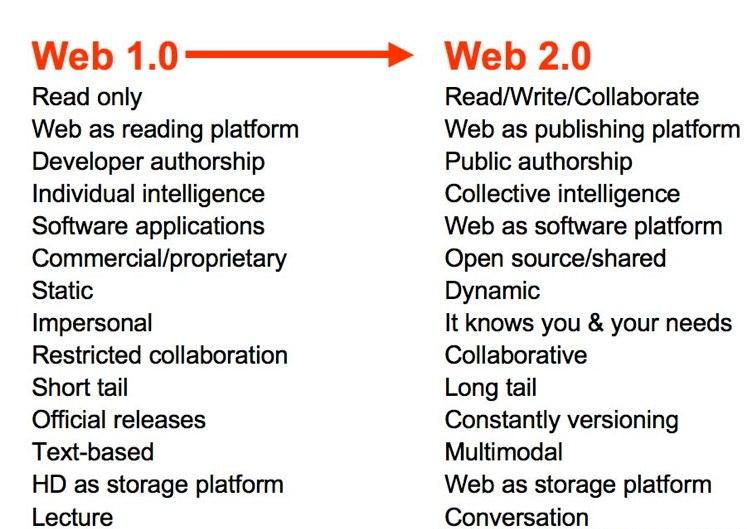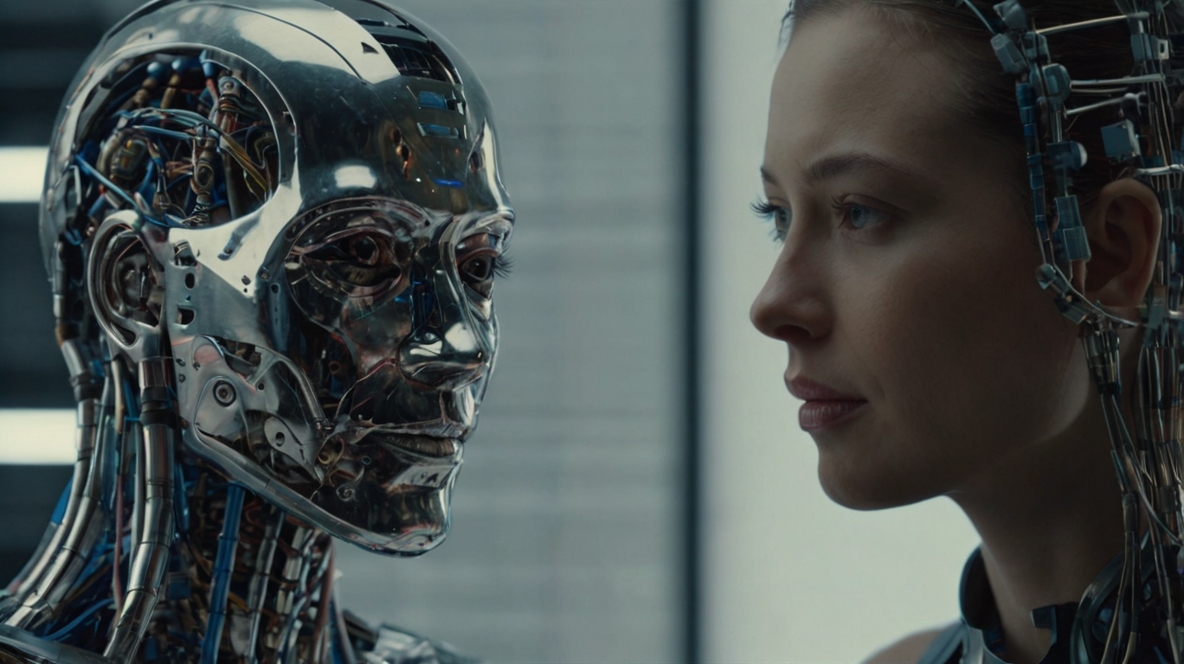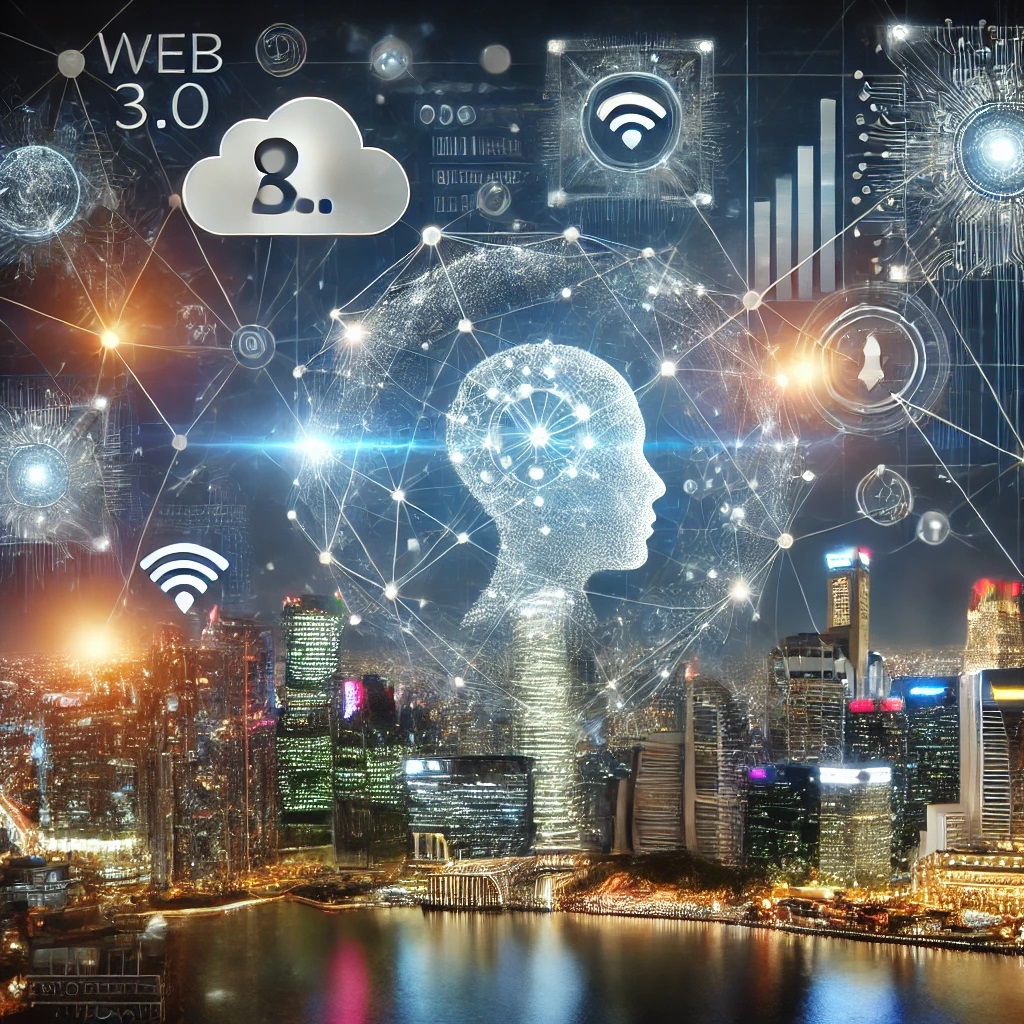
The World Wide Web has undergone a lot of changes since its inception and there are several terms which people get confused especially terms like web 1.0, web 2.0 and web 3.0.
The term web 2.0 is basically a buzz word this is used to encompass the different novel phenomena that happen in the World Wide Web. The term web 2.0 was introduced in 2003-04. It is basically a marketing term. However, the common terms that are associated with the web 2.0 are
- Growth of social networks
- User generated content
- Bi-directorial communication
- Significant diversities in content type
- Classification free information
The technicalities maybe a little different but when we compare the web 2.0 with the web 1.0. We will notice that they both run on the same substrate. In spite of the similarities the web 1.0 and web 2.0 are very different concepts.
The web 1.0 was a method of limited interaction between the user and the sites. The web 1.0 was a passive information portal. The users could receive information in the web 1.0 but they could not post any reviews of their own in it. This was a huge drawback and as a result the web 2.0 was developed which could solve this problem and help the users to get a better web experience. Web 2.0 has completely changed the world of web browsing.
The web 2.0 and web 1.0 may seem similar but they both have some differences as shown below:
- The web 2.0 sites have a different structure when compared to the web 1.0 sites.
- The web 2.0 uses better methods of interaction.
- The web 2.0 also uses latest technologies as compared to the web 1.0.
- The web 1.0 was the readable phrase of the World Wide Web. The web 2.0 is the writeable phrase of the World Wide Web.
- In the web 1.0 the user could not give any reviews but in the web 2.0 the user can give a feedback. Some examples of the web 2.0 are Facebook, YouTube and the list goes on.
- In web 1.0 the user could only get the information needed. They could not change the information. The web 2.0 took the concept a little further and allowed the web users to make change to the contents on the web.
- The web 2.0 uses the Asynchronous Javascript and XML programing technique. The web 1.0 was using the Hypertext Markup Language.
- The web 1.0 used the book marking techniques. It was the first in the internet evolution. The web 2.0 was a step ahead that made social networking possible.
- In the web 1.0 the creation of the website was driven by the experts with the coming of the web 2.0 the creation of the websites were driven by the users.
- If we look deep we will realize the web 1.0 is like a 2D picture whereas the web 2.0 is like a 3D picture with more action. The best part is that you are a part of the picture as everything happens around you.
- Web 1.0 was not interactive it could not allow the users to interact with friends and family. This is one restriction that was completely removed by the web 2.0. The web 1.0 was typically very linear. The web 2.0 is collaborative and user-driven.
The World Wide Web is now moving to the concept of the web 3.0. This will be the executable phrase of the World Wide Web. This would allow machine to machine interaction. It is a semantic web that refers to the future. With the concept of the web 3.0 the computers will be able to interpret the information from the humans and process them intelligently. We will learn more about web 3.0 in our next post.





